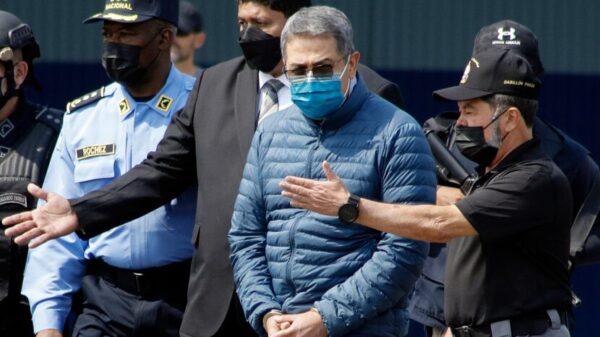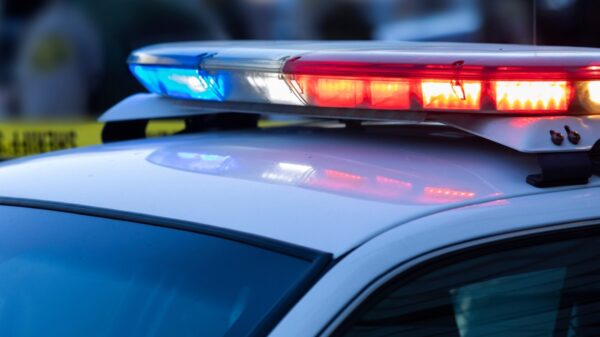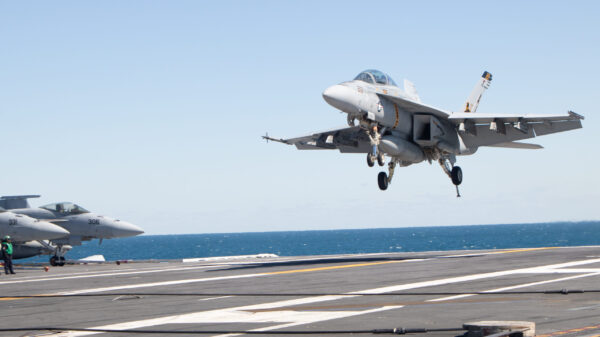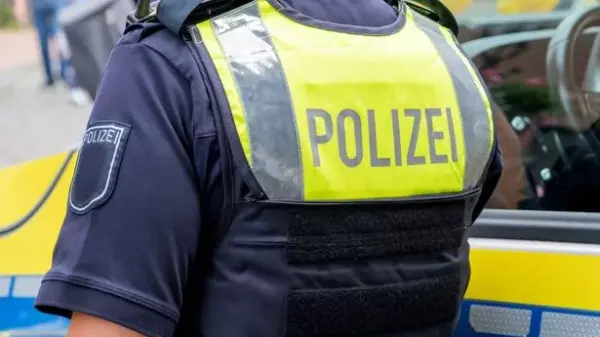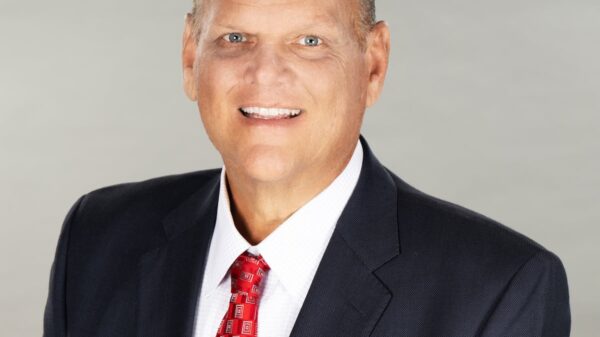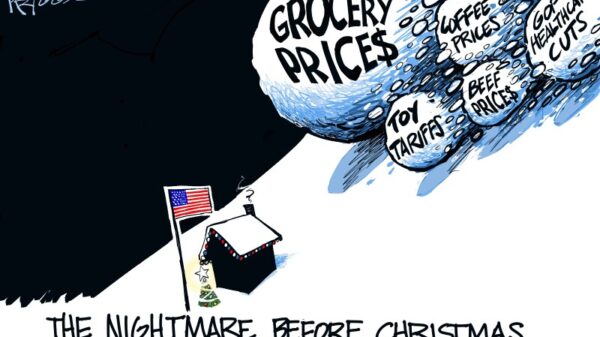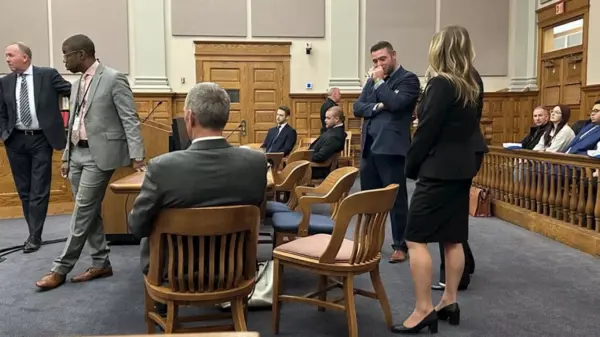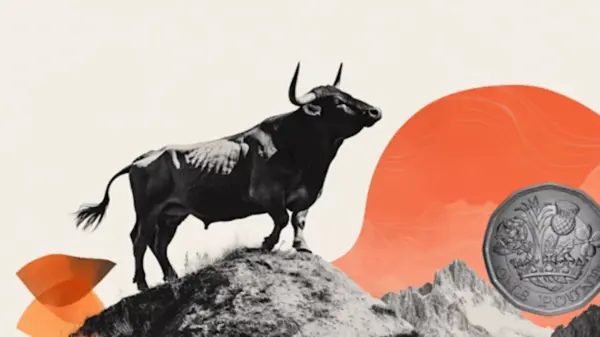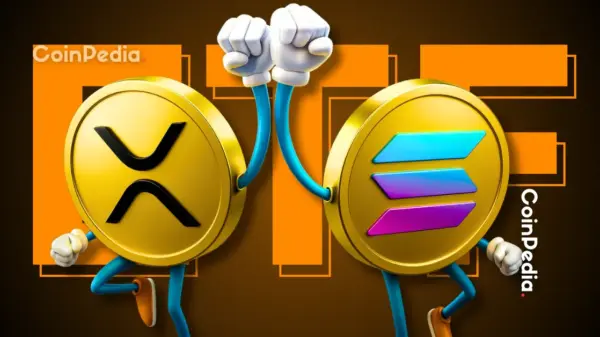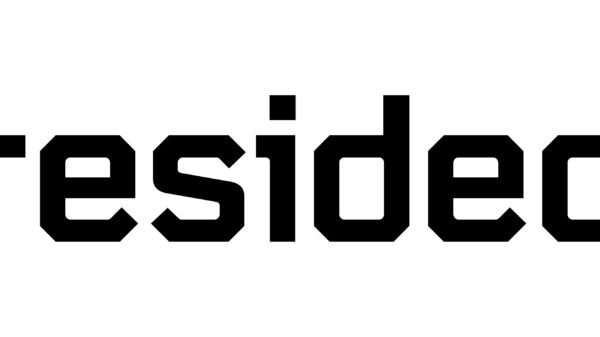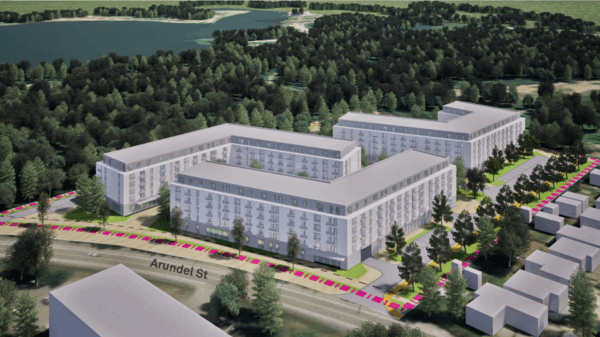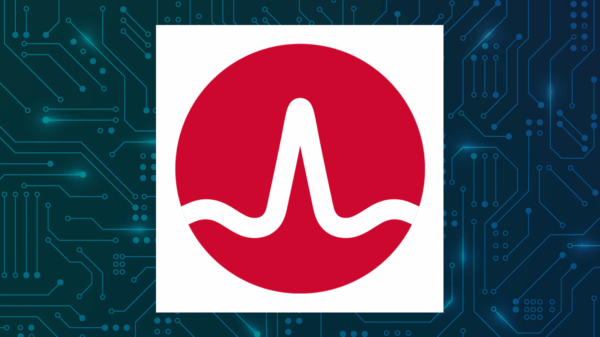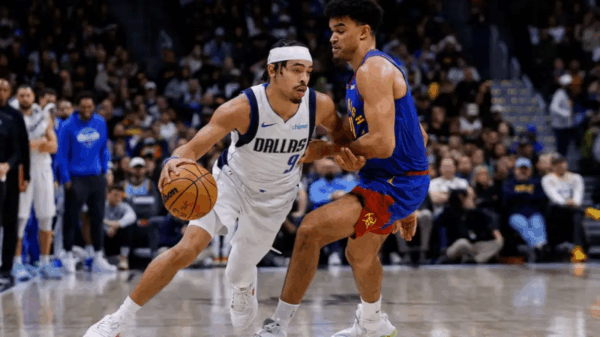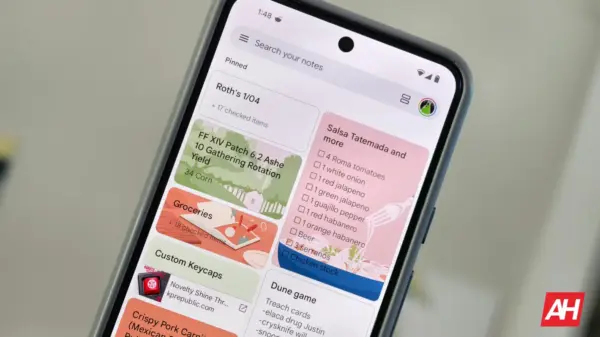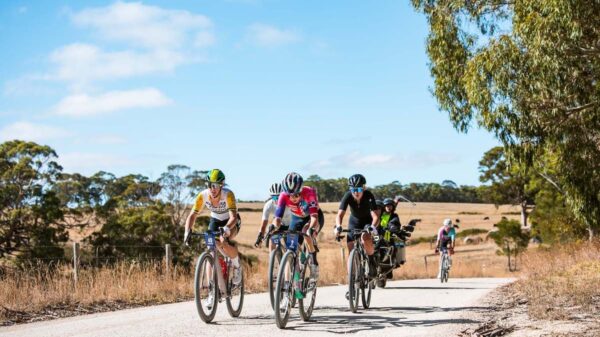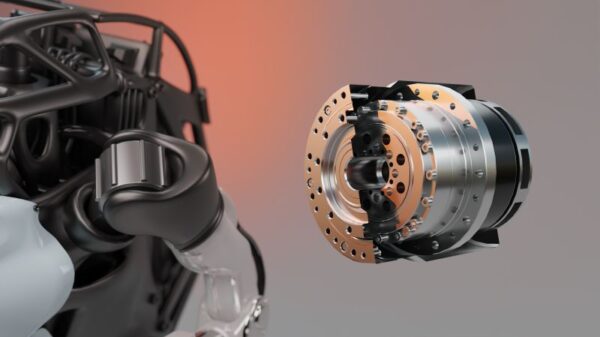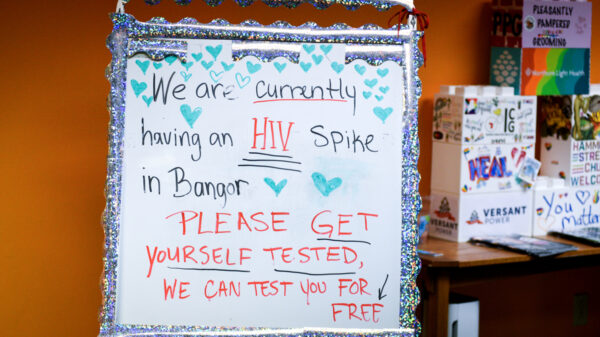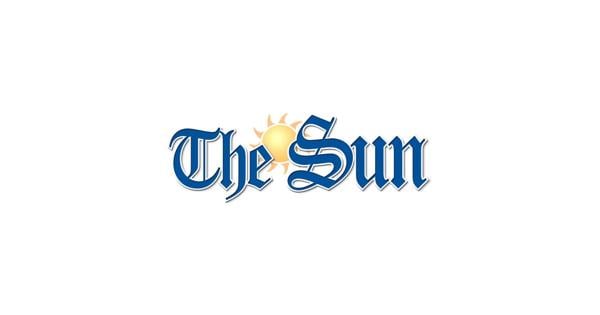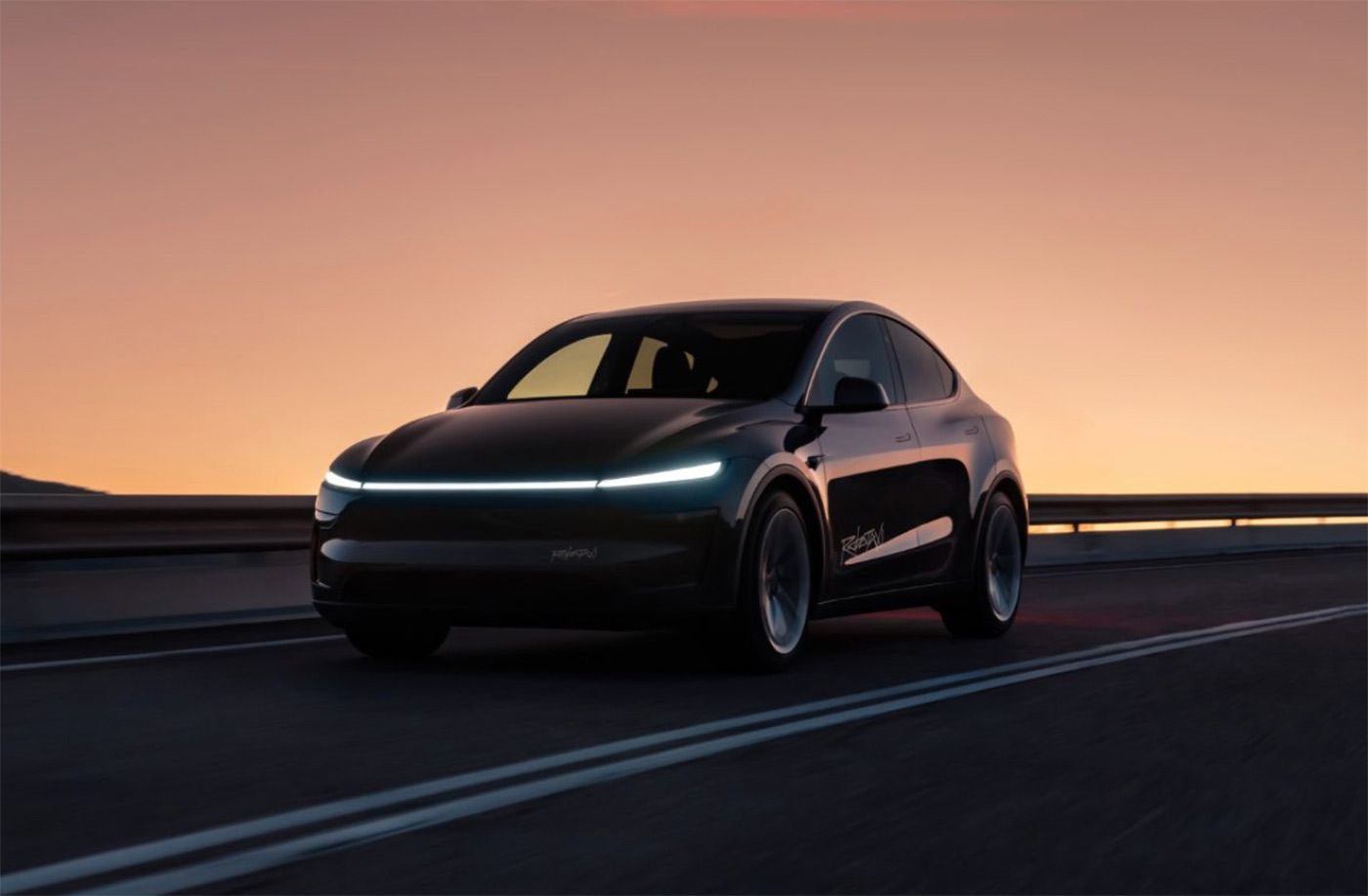Tesla has officially launched its Robotaxi app in San Francisco, allowing users to sign up for rides in the Bay Area. The app, which went live on the Apple App Store on September 27, 2023, features a service map that covers San Francisco, Oakland, Berkeley, and extends down to San Jose. This development has raised questions regarding regulatory compliance, as Tesla has yet to clear all necessary hurdles for operating fully autonomous vehicles.
The launch comes after CEO Elon Musk announced in July that the Robotaxi service would arrive “in a month or two.” Despite this optimistic timeline, reports indicated that Tesla had not yet submitted applications for essential permits required for operating fully autonomous vehicles in California. Business Insider highlighted that as of late July, neither the California Public Utilities Commission (CPUC) nor the California Department of Motor Vehicles (DMV) had granted Tesla the necessary permissions to operate vehicles autonomously or with safety drivers charging passengers.
The app’s Terms of Service suggest that some rides may occur without a safety operator. It states, “If your ride is taking place without a safety driver present in the driver’s seat, it is being conducted autonomously.” This language indicates that Tesla may be positioning the service to expand into full autonomy without the necessary regulatory approval.
When Tesla first introduced the Robotaxi service, it did not explicitly label it as “autonomous.” Instead, Musk mentioned that users could hail a Tesla in the Bay Area and Austin, hinting at the use of a limousine service permit. Observers noted that safety drivers were reportedly still present in the vehicles during early operations.
The regulatory landscape remains complex. Emily Warren, deputy secretary at the California State Transportation Agency, reached out to Tesla following media scrutiny, reiterating that the company only held permits for conventional transportation services, not for operating autonomous vehicles. This situation mirrors the challenges faced by Uber in 2016 when it launched its self-driving service without proper permits, which was swiftly halted by regulators.
Despite regulatory ambiguity, the app is already facilitating payments for rides in the Bay Area, although it remains unclear how these transactions will function, especially in light of potential regulatory pushback. The app’s rapid launch has drawn attention from state officials, with former San Francisco supervisor turned California Assemblymember Catherine Stefani expressing “deep concern” over Musk’s announcements regarding the rollout.
Stefani criticized the lack of necessary steps taken by Tesla to secure a DMV Driverless Deployment permit. She stated, “Combined with the ongoing NHTSA investigation and the growing safety concerns stemming from its operations in Austin, there is no credible basis on which the DMV could deem Tesla’s technology ready for public deployment on our streets.”
The perception is that Tesla is attempting to expedite the launch of its Robotaxi service, raising alarms among regulators. In Austin, where the Robotaxi service has been operational, users reported that safety drivers were present during rides, with hands on the wheel, complying with local regulatory requirements that took effect on September 1, 2023.
Musk’s push for rapid deployment contrasts sharply with the cautious approach typically taken in the autonomous vehicle industry. With the public now able to access the Robotaxi app, it remains to be seen how the regulatory bodies will respond and what impact this service will have on public safety and transportation in the Bay Area. Tesla’s history of navigating regulatory landscapes will undoubtedly be tested as it seeks to establish its Robotaxi service amidst growing scrutiny.




